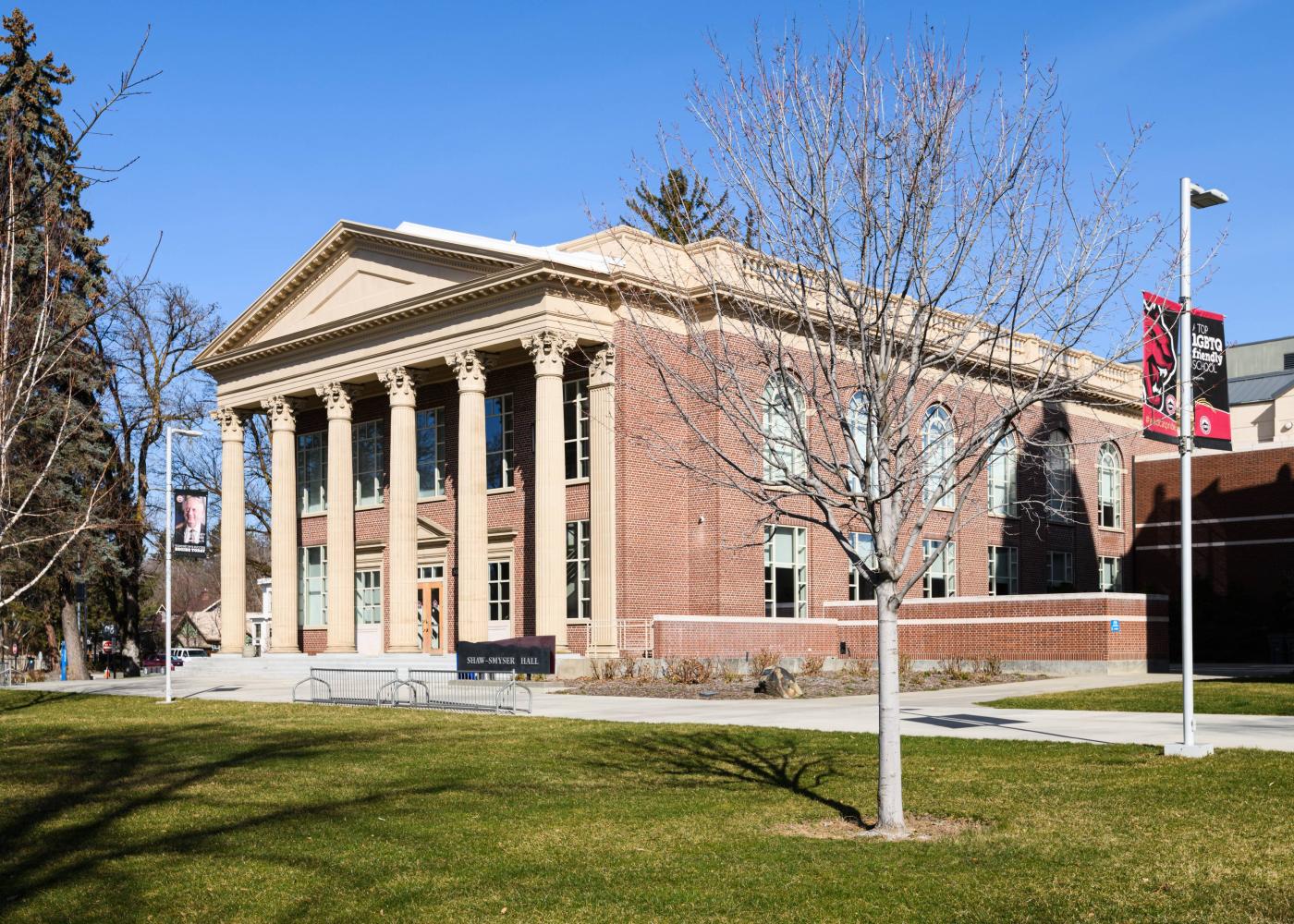Central Washington University is Utilizing Geothermal Technology as a Key Solution to Decarbonizing Campus

Central Washington University (CWU) is harnessing geothermal technology to meet our goals of reducing campus-wide greenhouse gas emissions by 45% by 2030 and becoming a net-zero carbon campus no later than 2050. Construction is currently underway for CWU’s GeoEco Center and North Academic Complex (NAC), which will replace two energy-inefficient academic buildings constructed in the 1970s.
The GeoEco Center will utilize an open-loop ground source heat pump system to provide heating and cooling for a half-million square feet of built infrastructure on campus, including the NAC. The geothermal plant is expected to be in operation by early 2026 and will serve as a catalyst for CWU’s efforts to decarbonize its district energy system over the next 15 years. CWU’s first GeoEco Center, along with the demolition of two aging and energy-inefficient buildings, will lead to a reduction of 33,000 metric tons of carbon emissions over the course of 50 years.
Approximately 60% of CWU’s greenhouse gas emissions can be attributed to using natural gas for heating buildings across campus. CWU owns and manages a district energy system (also referred to as a central plant), consisting of three water-cooled chillers and four steam hot water boilers that provide the majority of the heating and cooling for campus buildings. CWU is committed to investing in forward-thinking geothermal technology to effectively decarbonize its heating and cooling infrastructure.
The equipment for the geothermal system will include an injection well, extraction well, a six-pipe heat pump, and a groundwater heat exchanger, which will help ensure there is no groundwater contamination. The groundwater will not be consumed and will only serve as an energy exchanger. The extraction well will pull groundwater from the Ellensburg aquifer (800-1,000 feet below the Earth's surface) and the injection well will reintroduce the groundwater to the aquifer.
The GeoEco Center will also have a solar array and an educational dashboard for students, faculty, staff, and community members interested in learning more about the function and mechanics of the geothermal system. An added benefit is that CWU’s GeoEco Center will serve as a model for other institutions and agencies seeking to decarbonize their district energy systems.
CWU received additional funding from the Washington State Legislature earlier this year to install and construct a second geothermal injection and extraction well, but these funds are contingent upon the state’s Climate Commitment Act (CCA) surviving a potential repeal during the November election. If the CCA is repealed, CWU will lose the funding for a second geothermal plant and experience significant barriers to achieving its greenhouse gas reduction goals.
For more details regarding the mechanics of CWU’s Geo-Eco Center, check out the presentation from Anthony Schoen, Principal, Mechanical Systems at MW Engineers. To read more about CWU’s goals and strategies to decarbonize its campus, please read CWU’s Climate Action Plan, which was completed in early 2024. For questions or additional information, please contact CWU Sustainability Officer Jeff Bousson or Director of Capital Planning and Projects Delano Palmer.

